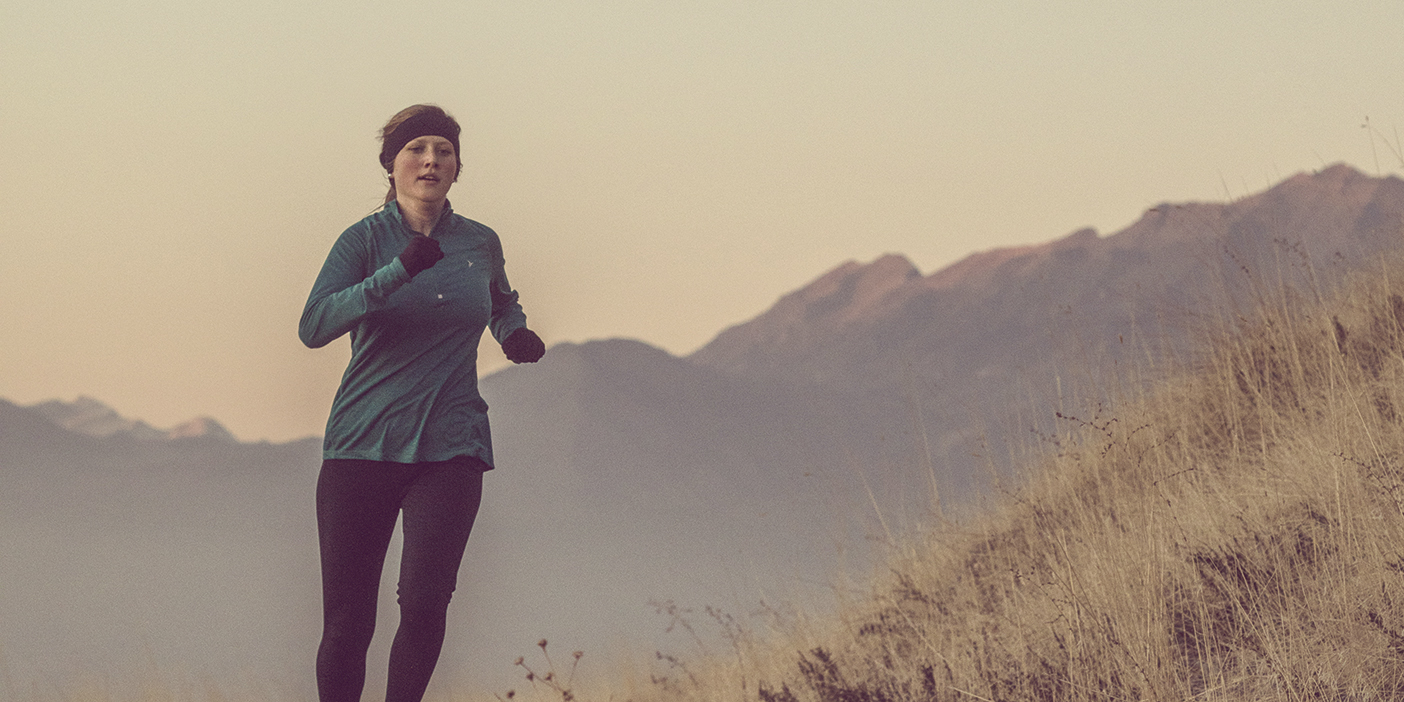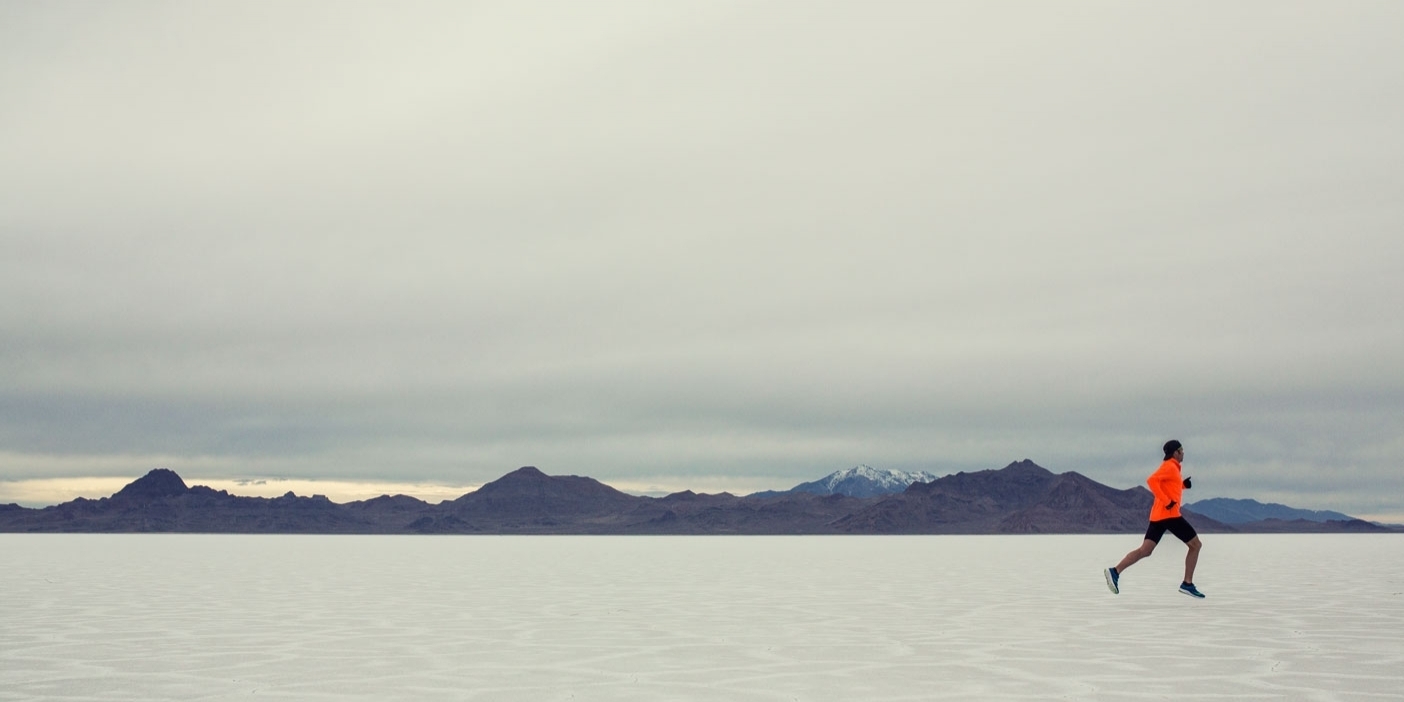Whether training for a marathon or just looking to become more active, new research from BYU life science professors is helping runners maximize their miles and keep their bodies strong and healthy.

BYU life sciences professors—plus one Olympian in the Statistics Department—are pounding the pavement in their labs. Their latest findings will keep you healthy and running strong.
1. Don’t worry about wrecking your knees. It seems counterintuitive, but moderate running may actually prevent knee damage, says BYU research published in the European Journal of Applied Physiology. Researchers found that runners’ knees had fewer markers of inflammation after running than they did when resting. “[Running] creates an anti-inflammatory environment that may be beneficial in terms of long-term joint health,” says lead author Robert D. Hyldahl, assistant professor of exercise science.
2. Stick to your stride. The stride length that your body naturally goes for is the one that is likely most efficient for you, says BYU research in the International Journal of Exercise Science. Instead of trying to elongate your stride or model a pro’s gait, stay with the motion where your body is most comfortable, says coauthor Jared B. Ward (BS ’15, MS ’15), adjunct faculty member and sixth-place finisher in the marathon at the Rio Olympics. “Enjoy running and worry less about what things look like.”
3. Ease into new shoes. If you’re considering “barefoot” shoes, BYU professors have one vital tip: start week one with a short 1- or 2-mile run in the minimalist shoes, then slowly increase mileage over a period of three to four months. “People need to remember they’ve grown up their whole life wearing a certain type of running shoes, and they need to give their muscles and bones time to make the change,” says study coauthor A. Wayne Johnson (BS ’95, PhD ’07), professor of exercise sciences. The research was published in Medicine & Science in Sports & Exercise.
4. Add some hills. Hill running has been thought to damage the Achilles tendon, a common injury site for distance runners. But BYU research published in the Journal of Sports Science and Medicine shows that the Achilles manages varied terrain quite well—as long as training changes gradually. “Over time, runners adapt to the forces placed on their body, so even when the forces are higher (running downhill), if the adaptation process is gradual, the injury risk drops,” says former BYU student athlete and research coauthor Katy Andrews Neves (BS ’12, MS ’14). “Our bodies are amazing and are very good at adapting to the conditions we put them in.”












